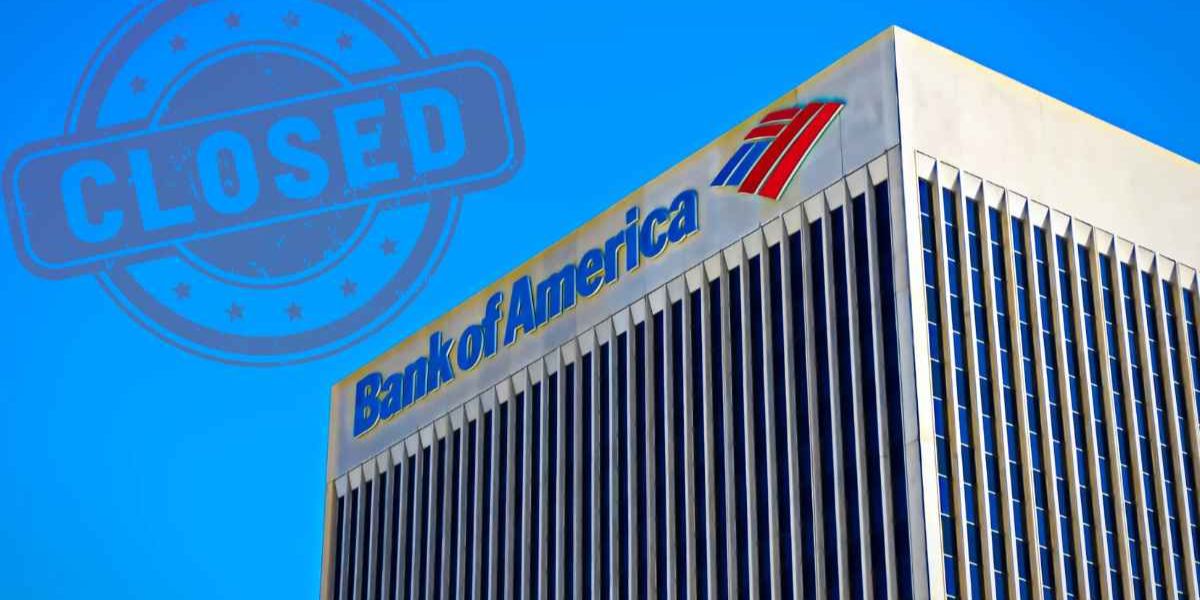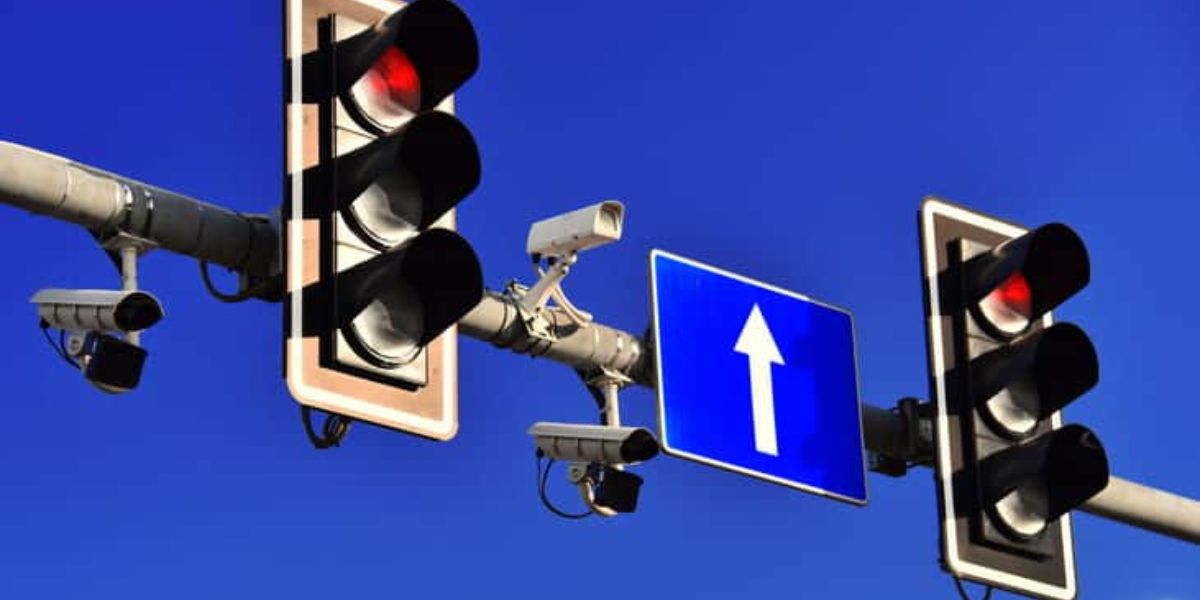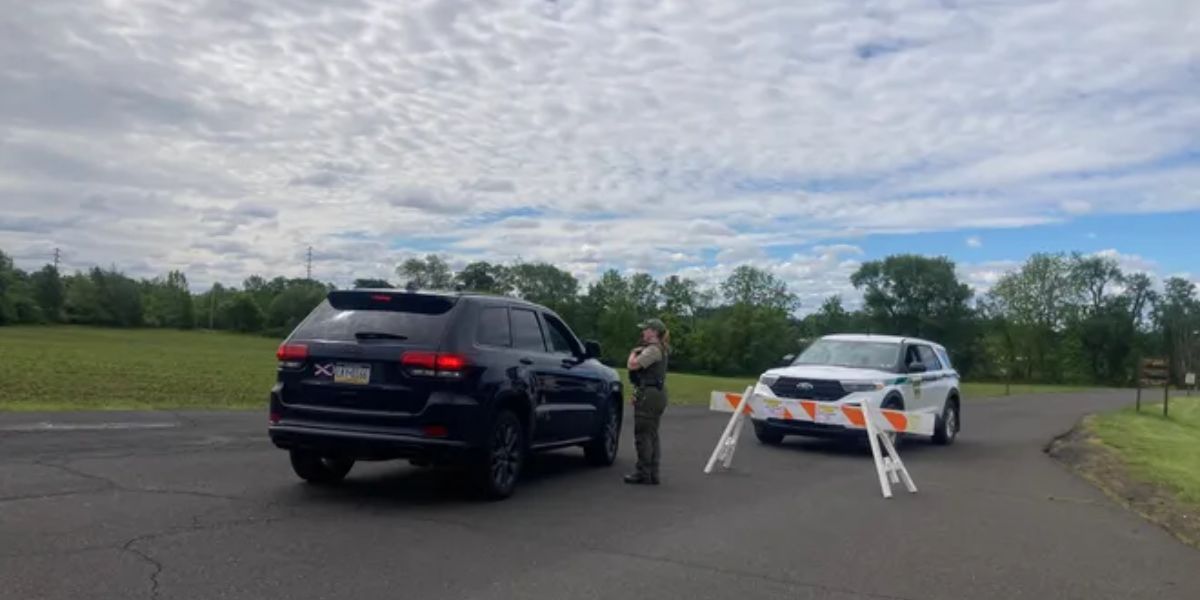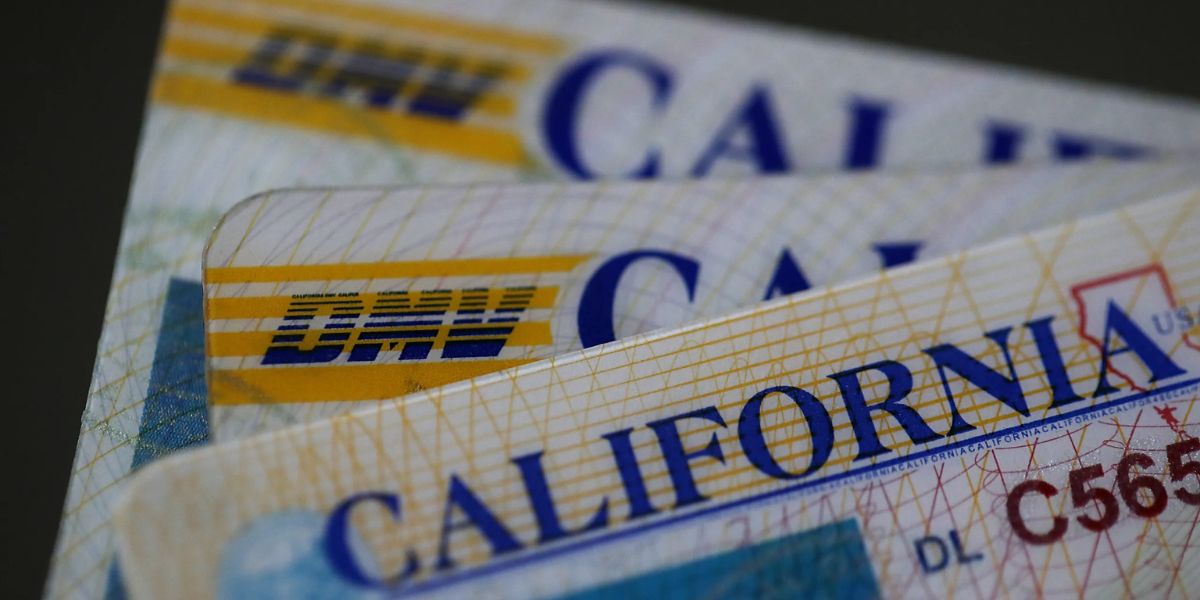Bank of America is continuing its aggressive downsizing strategy, shuttering dozens of branches across the United States this year — a move that reflects shifting consumer banking habits but has sparked concern in communities losing access to in-person financial services.
According to regulatory filings and news reports, the banking giant has closed over 90 branches nationwide so far in 2025, with dozens more expected to shut their doors before the end of the year. The closures come as part of a broader transition toward digital-first banking and streamlined operations, which Bank of America says better aligns with how customers now manage their finances.
In a statement to NewsBreak, a Bank of America spokesperson said the company “continues to adjust our financial center network to reflect customer trends, including increased use of mobile and online banking tools.” The spokesperson added that the bank remains committed to “serving communities through both physical locations and robust digital platforms.”
Where Closures Are Happening
The closures are spread across multiple states, with significant reductions reported in California, New York, Texas, and Florida — four of Bank of America’s largest markets. Cities like Los Angeles, Miami, Houston, and Buffalo have all seen local branches shuttered in recent months.
In some communities, multiple branches have been closed within a short radius, leaving residents with fewer in-person options.
“I’ve been going to the same branch for over 20 years,” said Maria Gonzales, a retired schoolteacher in San Antonio, Texas. “Now the nearest location is 25 minutes away. Not everyone can just switch to mobile apps, especially seniors like me.”
According to data from the Office of the Comptroller of the Currency (OCC), Bank of America has consistently ranked among the top banks in annual branch closures over the past five years. The trend has accelerated as the company looks to trim expenses and invest more heavily in digital infrastructure.
A Digital-First Future
Bank of America says the move away from traditional brick-and-mortar locations is driven by customer behavior. As of Q1 2025, more than 75% of Bank of America’s consumer banking households are actively using digital channels, including the bank’s website and mobile app. The bank also reported a 14% year-over-year increase in Zelle transfers and a growing reliance on virtual financial assistants.
“This is a generational shift,” said banking analyst Karen Dillard. “Customers now expect 24/7 access, fast mobile deposits, and real-time money movement. Banks like Bank of America are simply adapting to that new reality.”
The bank has invested heavily in its digital platform, introducing tools like Erica, its AI-powered financial assistant, and expanding online mortgage and loan application services. According to the company’s 2024 annual report, digital logins now exceed 12 billion annually, and nearly half of all loans are originated through digital channels.
Concerns From Communities and Advocates
Despite the shift toward digital services, not everyone is on board with the closures. Local officials and consumer advocates warn that the loss of branches disproportionately affects low-income communities, older adults, and individuals without reliable internet access.
In Oakland, California — where three Bank of America locations have closed since January — city councilmember Angela Martin said the downsizing is “cutting off essential access to financial services for many residents who don’t have the tools or knowledge to bank online.”
Advocates also point out that branch closures can have broader economic effects, including job losses, decreased foot traffic for nearby small businesses, and reduced access to credit and capital for underserved populations.
“Banks play a vital role in financial inclusion,” said Jamal Richards, director of the Community Finance Network. “When a major bank pulls out of a neighborhood, it’s more than an inconvenience — it’s a loss of trust, resources, and opportunity.”
What’s Next for Bank of America Customers?
Bank of America has pledged to maintain a strong physical presence in core markets, even as it scales back overall. The company currently operates over 3,700 branches nationwide, down from more than 6,000 in the early 2010s. It says it will continue to offer in-person services such as mortgage consultations and small business support at remaining financial centers.
Customers affected by branch closures are encouraged to use the bank’s online locator tool to find nearby ATMs and financial centers, as well as to explore digital banking features for routine transactions like deposits, bill pay, and account monitoring.
The bank also offers customer support via phone, chat, and virtual appointments — a model that is becoming increasingly common in the post-pandemic financial world.
The ongoing downsizing of Bank of America’s physical footprint underscores the rapid evolution of the banking industry. While the move may make operational sense in a tech-driven economy, it raises legitimate concerns about access and equity — particularly for those left behind by the digital divide.
For now, customers across the country are adjusting to the new reality: fewer branches, more apps — and a banking experience that may feel less personal, even as it becomes more efficient.

 by
by 

